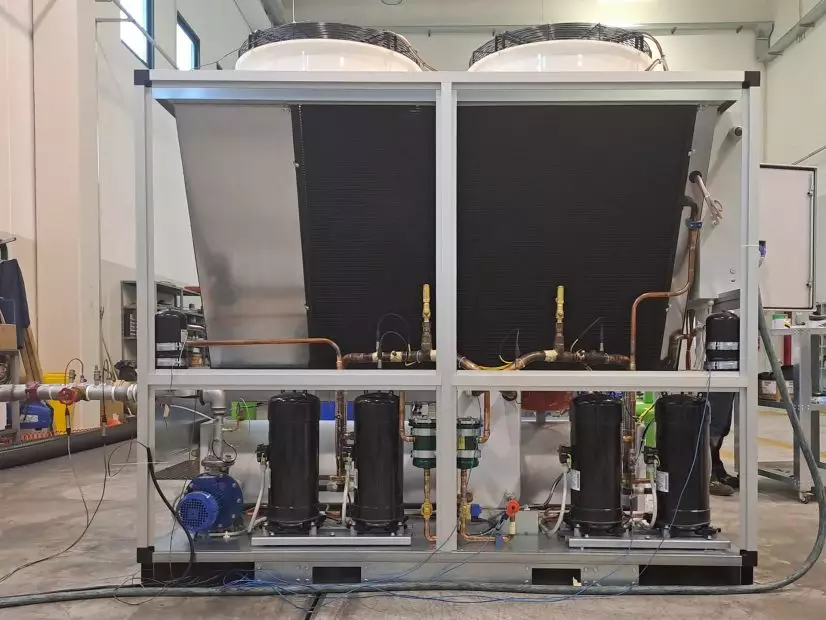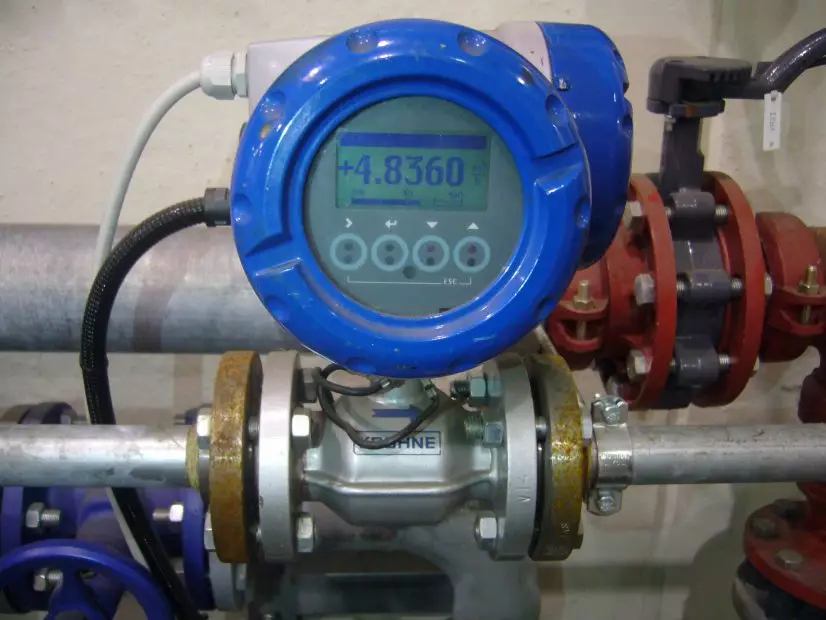Chiller Testing and Commissioning Procedure: What to Know

Industrial chillers are the beating heart of many production processes, maintaining appropriate temperatures for equipment and environments. The testing and commissioning of industrial chillers is not just a final step in production, but a true investment in the quality and safety of the entire system.
This article will explore the steps and benefits of chiller testing and commissioning, offering a comprehensive guide to understanding the importance of these checks.
1. Introduction: why testing is essential for chillers
One of the main promises of a good chiller is to ensure consistent performance and energy efficiency over time. Thorough and rigorous testing makes it possible to verify that every component of the equipment is in “perfect shape,” reducing the risks of future malfunctions. But what are the real benefits of comprehensive testing?
Through rigorous testing, it can be ensured that the chiller operates as designed, achieving the established parameters of temperature, efficiency and safety. This process also prevents reliability problems and reduces long-term maintenance costs.
During testing, every part of the chiller is examined to ensure maximum safety. This is crucial not only to protect operators but also to avoid failures that could damage other machinery or slow down business processes.
2. The main stages of chiller testing
Chiller testing and commissioning time varies, but can take up to several hours, depending on the complexity of the refrigeration system itself. Several steps are included, each aimed at testing specific functionalities.
Below are the main ones.
- Pressure test. After assembly, each refrigerant gas circuit undergoes pressure tightness testing according to current regulations. This process checks for leaks and ensures the integrity of joints and welds. Upon completion, an infrared “electronic nose” is used for additional verification.
- Vacuum testing and drying. After the pressure test, a vacuum test is performed to remove all traces of moisture in the circuit. This step is essential to avoid condensation problems that can affect the life and efficiency of the chiller.
- Hydraulic testing of the supply circuit: the measurement of pressure drop. At this stage, water or water-glycol is introduced into the hydraulic circuit. The liquid flow rate is measured and the pressure drop is checked, also making sure that the system operates without loss of process fluid.
- Electrical testing and safety of wiring harnesses: the configuration of safety devices. Electrical wiring is individually tested to ensure optimal tightening and safety. All safety organs are configured, measuring absorption and leakage to ensure that the system is safe and efficient.
- Thermodynamic performance testing: performance validation with advanced systems. The last step is a test under thermal load. Through data acquisition systems, performance is certified, providing quality assurance.
- The use of the testing station: pre-installation quality verification. The testing station is the final step of quality verification, where each machine is thoroughly tested before being approved for final installation.
- Collaboration with enterprise management. After testing, the enterprise management system receives a confirmation update, which is essential for traceability and verification of product compliance.

We believe it is very important for chiller companies to organize their production flow by ensuring 100% line testing of manufactured units (and not just conducting spot testing).
Find out how we test and inspect all of our chillers3. Before chiller testing and acceptance: the importance of selection software for design
Even before physical testing, each chiller is designed using selection software to simulate working conditions and ensure optimal interaction between components.
Importantly, many modern chillers are also tested at the software level: in fact, working parameters are simulated through advanced software already at the design stage.
Ask for InformationResources
Plants and components
Find out all Frigofluid's productsComparing Different Technologies
Find out all the different technologiesFind out more
All technical articlesOur Newsletter
Subscribe to the Frigofluid newsletter: stay up-to-date on technical solutions for industrial refrigeration and cooling and get to know our offer.